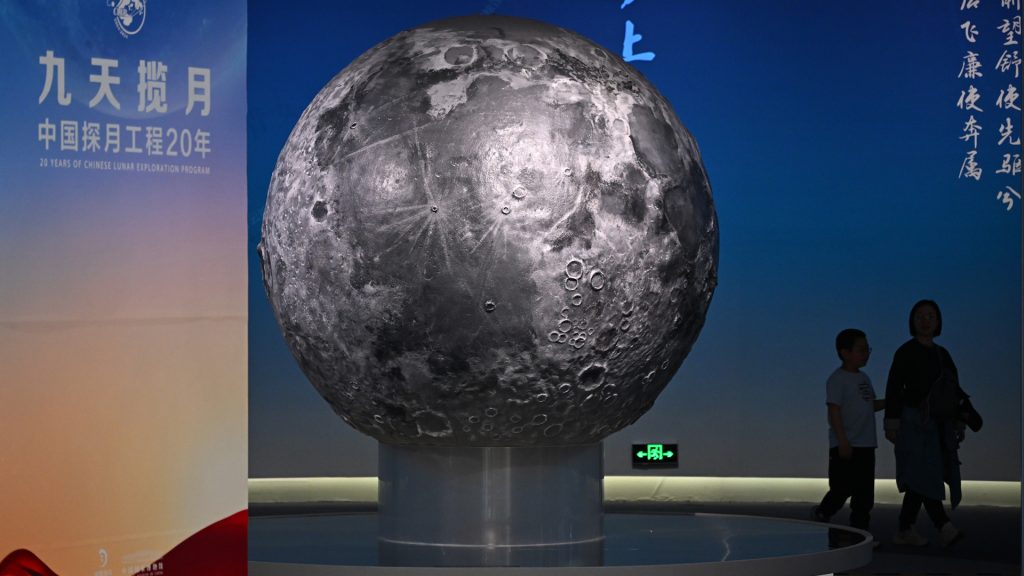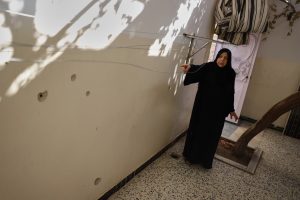China formally backs nuclear reactor on the moon with Russia
Ella Greene April 24, 2025 0
China publicly backed a plan to build a nuclear reactor on the Moon with Russia, moving their joint lunar base project a step closer to reality. The reactor would power the International Lunar Research Station and could be installed between 2033 and 2035.
Russia’s space agency Roscosmos introduced the concept in 2024, but this is the first time Chinese officials included it in a formal ILRS roadmap presentation.
How would the reactor support lunar operations?
Officials from both nations said the reactor would supply reliable power for a long-term lunar base where solar energy may not be sufficient. Russian and Chinese engineers said they expect to deploy the reactor autonomously using robotic systems.
China’s Chang’e-8 lunar mission, planned for 2029, is expected to lay the groundwork for the ILRS by testing construction technologies and energy delivery systems. The reactor would operate alongside large solar arrays and surface infrastructure for energy transmission.
What did China reveal at the ILRS conference?
During an April 2025 ILRS summit in Shanghai, attended by 17 countries and international organizations, senior Chinese space officials presented detailed blueprints for the ILRS. They included the nuclear reactor as a key component of the base’s energy strategy.
Chief Engineer Pei Zhaoyu confirmed the plan and outlined other features, such as heating pipelines and electrical cables. Wu Weiren, chief designer of China’s lunar exploration program, said Russia brings a competitive advantage in space-based nuclear technology.
China’s target to build a permanent outpost near the Moon’s south pole by 2035 aligns with the broader ILRS timeline. That schedule runs parallel to NASA’s Artemis program.
China aims to land its first astronauts on the Moon before 2030 and envisions the ILRS as a base for future manned missions deeper into the solar system.
What are Russia’s contributions to the project?
Russia proposed using a nuclear-powered “space tugboat” to transport reactor components and other cargo to the Moon. The spacecraft would rely on nuclear propulsion and turbines to move heavy equipment between orbits and handle space debris.
Russian officials said the development of such a spacecraft is underway, although cooling system challenges remain.
How is international participation shaping up?
The ILRS project continues to attract international support despite rising geopolitical tensions.
China’s 555 Project aims to involve 50 countries, 500 scientific institutions and 5,000 researchers in ILRS-related research and development, The Independent reported.
Current members include Azerbaijan, Belarus, Pakistan, South Africa and Venezuela.
Meanwhile, Western nations like the U.S. and U.K. are pursuing their own lunar nuclear initiatives through NASA and other agencies.
Although the idea of a Moon-based reactor was floated by Roscosmos last year, China’s decision to include the concept in an official ILRS presentation signals a growing commitment to the plan.
This move reflects deeper China-Russia space cooperation as both countries seek alternatives to Western-led programs amid sanctions and technological restrictions.
Ella Rae Greene, Editor In Chief
Ella Greene
Ella and the staff at Clear Media Project (CMP) curate these articles.
Unless otherwise noted CMP does not write these articles.
The views, thoughts, and opinions expressed in the articles published on this blog belong solely to the original authors and do not necessarily reflect the views of the blog owner. The blog owner does not claim ownership of the content shared by contributors and is not responsible for any inaccuracies, errors, or omissions.
All rights and credits goes to its rightful owners. No Copyright Infringement is intended. If you believe any content infringes on your rights, please contact us for review and potential removal.





